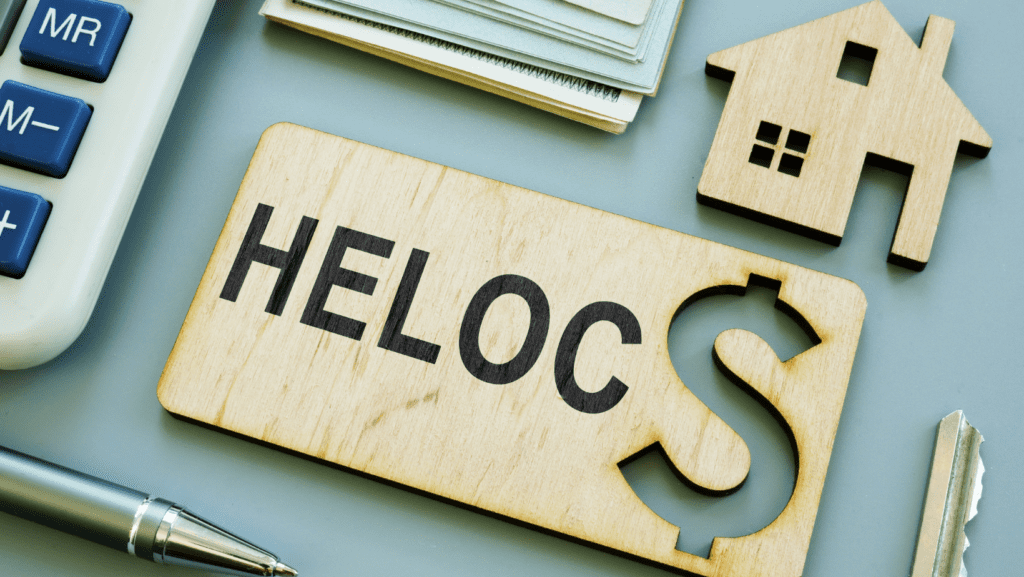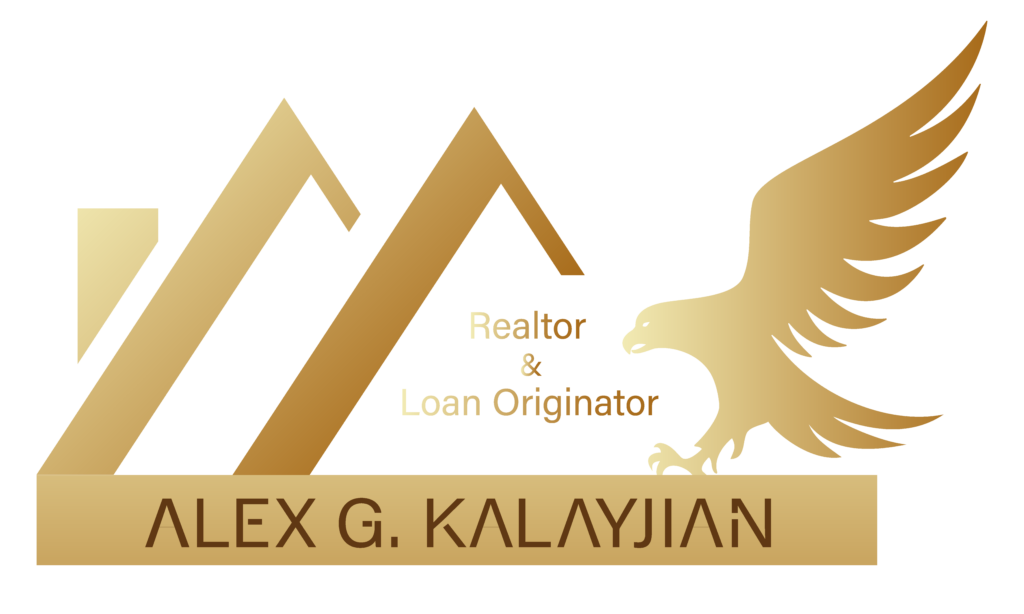Helocs
What is a HELOC?
A Home Equity Line of Credit (HELOC) is a powerful and flexible borrowing option for homeowners. It allows you to access the equity in your home without affecting your current mortgage rate.
Unlike a traditional loan that provides a one-time lump sum, a HELOC works like a revolving line of credit — similar to a credit card. You can withdraw funds as needed, up to a set limit, and only pay interest on what you use. It’s a smart way to tap into your home’s value while preserving your other financial assets.

Key Benefits of a HELOC
– Pay Interest Only on What You Use
One major advantage of a HELOC is that you’re only charged interest on the amount you borrow — not the entire credit line. Plus, many HELOCs feature interest-only payment periods, giving you greater financial flexibility.
– Fast, Flexible Access to Funds
Whether it’s home improvements, education costs, or unexpected expenses, you can use your HELOC for virtually anything. Borrow only what you need, when you need it.
– Maintain Your Current Mortgage Rate
Since a HELOC is separate from your primary mortgage, your existing mortgage rate stays the same. This is ideal for homeowners who want to keep their low-rate mortgage intact while still leveraging their home’s equity.
– Potential Tax Advantages
If your HELOC funds are used for qualified home improvements or purchases, the interest may be tax-deductible. Be sure to consult a tax advisor to explore your specific eligibility.
– Competitive, Variable Interest Rates
HELOCs typically come with variable rates that are often lower than those of fixed-rate loans, especially in favorable interest rate environments — helping you save over time.
– Access the Equity You’ve Built
Your home holds significant value — and a HELOC allows you to put that value to work. It’s a great way to fund large expenses without draining your savings or seeking multiple loans.

HELOC Requirements
To qualify for a HELOC, you’ll need to meet certain criteria:
- Home Equity: Most lenders require you to have at least 15–20% equity in your home.
Credit Score: A strong credit score improves your approval odds and helps secure better interest rates.
- Debt-to-Income Ratio (DTI): Lenders typically prefer a DTI below 43%, though some may allow up to 50%.
- Property Appraisal: An up-to-date appraisal helps determine your home’s current market value and credit limit.
- Homeowners Insurance: Proof of insurance is necessary to protect both you and the lender’s investment.

How HELOC Rates Work
Understanding what affects your HELOC rate can help you secure better terms:
- Prime Rate & Lender Margin: Your HELOC interest rate is usually tied to the prime rate, plus a lender-specific margin based on your credit profile.
- Credit Score: Higher scores typically translate to lower rates. Maintain a strong credit history and avoid new credit inquiries before applying.
- Loan-to-Value (LTV) Ratio: The lower your LTV, the better your rate. A professional appraisal can help maximize your borrowing potential.
- Rate Caps & Floors: Some HELOCs include caps and floors that set the minimum and maximum your rate can adjust, offering some protection from market fluctuations.

